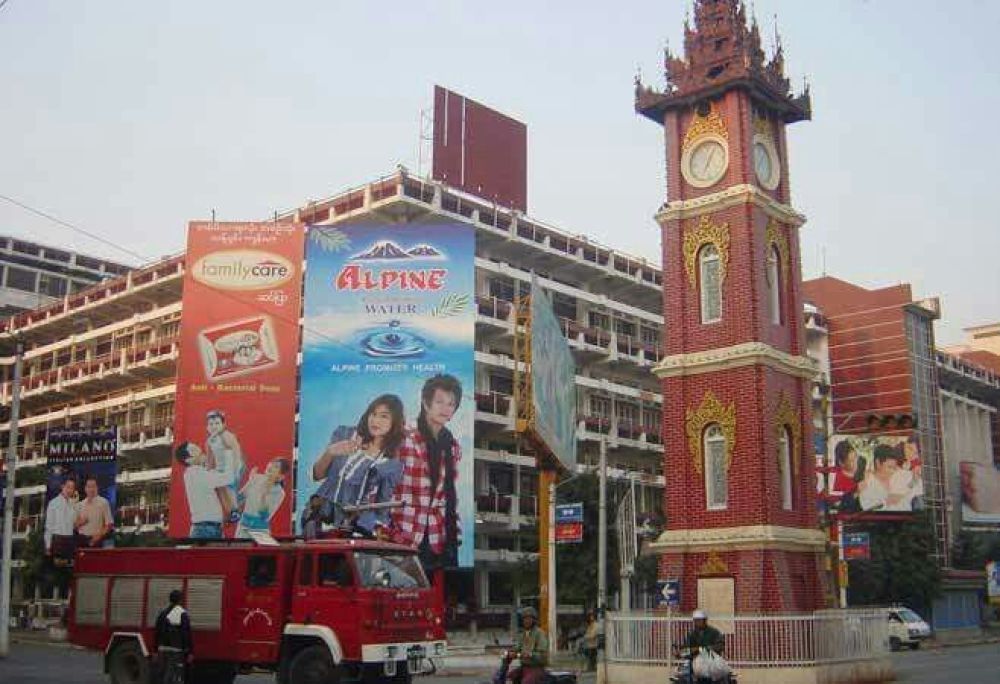

Mandalay, the cultural capital of Myanmar (formally known as Burma), is a city steeped in history and tradition. Among its many attractions, the Zegyo Market stands as a testament to the city's long-standing role as a commercial hub. Dating back to the late 19th century, Zegyo Market has been at the heart of Mandalay's economic activity and has played a significant role in the region's tourism development.
The Zegyo Market was established during the reign of King Mindon, who moved the royal capital to Mandalay in the 1850s. The market was an integral part of the city's original design, created to be a vibrant center of trade. It has since evolved into a bustling bazaar, where locals and tourists alike can immerse themselves in the authentic Burmese shopping experience.
Throughout the years, the Zegyo Market has undergone numerous transformations. The original wooden architecture gave way to a more durable structure following a fire that ravaged the area. The current building reflects a blend of traditional Burmese and colonial designs, encapsulating Myanmar's rich historical tapestry. As tourism in Myanmar blossomed, the market became an essential destination for those looking to purchase local goods and souvenirs, ranging from textiles and gemstones to handicrafts and local delicacies.
With Myanmar opening up to international tourism in the late 20th and early 21st centuries, the Zegyo Market has seen a surge in the number of visitors keen to explore its crowded aisles and colorful stalls. It has become a focal point for tourists wanting an authentic taste of the country's culture and local life. Additionally, tours to Zegyo Market are often included in itineraries that showcase the history and heritage of Mandalay.
Visitors can witness the interplay between traditional and modern influences, as seen in the products sold and the people who visit. The market's popularity among tourists has prompted an increase in English signage, guiding foreigners through the maze-like alleys and fostering a more accessible shopping experience.
As of the latest tourism trends, sustainability and responsible travel have become increasingly important. Visitors to Zegyo Market are encouraged to practice ethical buying, supporting local artisans and reducing their carbon footprint by purchasing locally-made products. This shift is also reflective of a broader trend in tourism, where visitors seek deeper cultural connections and more meaningful travel experiences.
Global events, such as the COVID-19 pandemic, have had a considerable effect on tourism worldwide, and Zegyo Market has not been immune. The market experienced a significant downturn in tourist foot traffic during peak periods of the pandemic. However, recovery efforts and the resilience of the local community have begun to see the revival of tourism in the area.
In conclusion, Zegyo Market remains a cornerstone of Mandalay's tourism industry, offering a unique glimpse into the daily life and traditions of Myanmar. Its enduring presence and adaptability serve as a canvas, illustrating the evolution of tourism within the country.